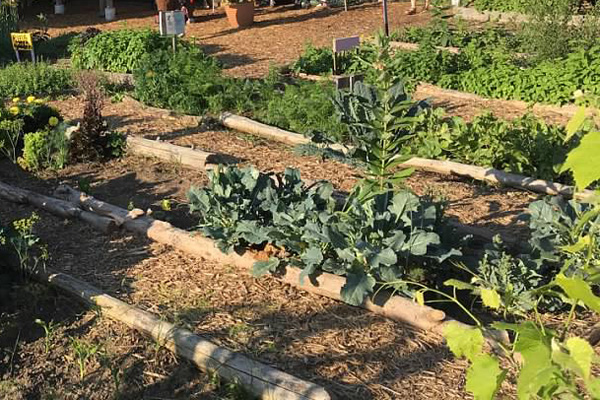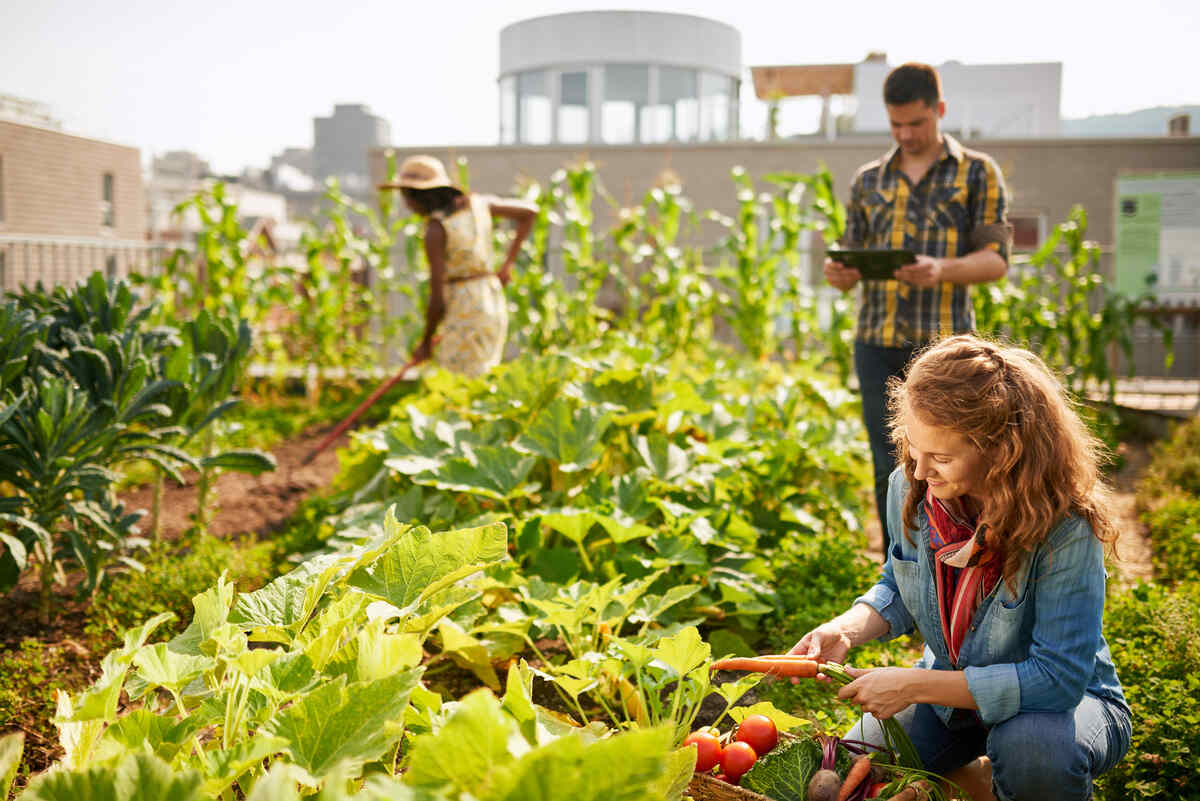The Main Principles Of City Blooming
Table of ContentsTop Guidelines Of City BloomingExcitement About City BloomingFacts About City Blooming Uncovered4 Simple Techniques For City BloomingRumored Buzz on City Blooming
Intrigued in growing food offer for sale in the City of Chicago? Thinking of starting a community garden? Changes to the Chicago Zoning Ordinance permit farming uses like area gardens and metropolitan ranches in lots of components of the city. Below is a list of regularly asked questions relating to the policies and laws that growers need to think about when intending a metropolitan farming project.
The zoning change does not change any kind of various other codes taking care of composting, building authorizations, purchasing or leasing City possessed home, organization licenses or environmental contamination. There are existing codes that manage these issues and they stay in full impact and might be suitable to your project. Area gardens are usually had or taken care of by public entities, civic companies or community-based organizations and kept by volunteers.
Urban farms expand food that is meant to be sold, either on a nonprofit or for-profit basis. Due to their industrial objective, metropolitan farms need a company permit.
City Blooming for Dummies
The quantity of compost product can not go beyond 25 cubic yards at any type of given time according to the requirements in 7-28-715 of the City's Municipal Code. Since the soil at a lot of brand-new yard websites needs modifying, compost, dirt, timber chips, or various other materials can be gotten to create or boost the expanding room.

If a building permit is needed then the hoophouse will certainly be taken into consideration an accessory structure. You can discover more about the structure authorization demands by calling the Department of Structures. The 25,000-square-foot dimension limitation is planned to avoid a single neighborhood garden from dominating a given block or diminishing the block's existing residential or commercial personality.
The limitation does not apply to gardens located in Public Open Area (POS) areas. Can there be more than one neighborhood yard that is 25,000 square feet on a single block? Fencing is not required, nevertheless, gardens that have huge vehicle parking areas may be called for to set up fencing or various other landscape design features.
Little Known Questions About City Blooming.
B1 & B2 districts require that all business use tasks be carried out indoors. R districts limit industrial activity. The regulations mirror the purpose and intent of the Zoning Code. Is fencing required for city farms? Yes. Fences may be called for, in addition to landscape design and screening, for sure parking lot and exterior job or storage space locations depending upon location and the specific activity occurring.
Yes. Urban farms call for building licenses and zoning authorizations prior to building. Other kinds of city review might be called for depending on particular frameworks, activities, dimension, landscape design, licensing, public heath and stormwater management problems. Much of these needs are identified in the task design or permitting procedure, nevertheless, the candidate might be responsible to independently identify particular licenses or allows that may be needed.
Yes. The kind of certificate is determined by what is happening at the site. The address Division of Business Matters and Customer Security can help figure out the certain type of business license that's required. Yes. Off road vehicle parking is needed for the majority of industrial tasks in Chicago. The required number of car parking spaces is based upon the variety of employees dealing with website and not the square video of the growing space.
The smart Trick of City Blooming That Nobody is Talking About

An urban ranch can offer compost material created on site, nevertheless, the operation must comply with the policies in 7-28-715 of the Chicago Municipal Code. Aquaponic systems are enabled inside on urban ranches in many zoning areas.
Approximately five hives or colonies of honey bees might be kept as an accessory usage. Nonetheless, beekeepers have to register with the Illinois Division of Farming. For more details concerning the recommended zoning amendment you may get in touch with the Department of Real Estate and Economic Advancement, Bureau of Planning and Zoning at 312.744.8563.
Farming in cities and metropolitan areas An urban farm in Chicago. Urban agriculture refers to different techniques of cultivating. https://ameblo.jp/cityblooming/entry-12857756993.html, processing, and dispersing food in metropolitan areas. The term additionally puts on the location tasks of animal husbandry, tank farming, beekeeping, and horticulture in an urban context. Urban agriculture is differentiated from peri-urban agriculture, which happens in backwoods beside suburban areas.
The Facts About City Blooming Revealed
It can entail a movement of organic growers, "foodies" and "locavores", who seek to form socials media based on a common ethos of nature and neighborhood holism. These networks can create by way of official institutional assistance, ending up being incorporated into neighborhood community preparation as a "shift community" activity for sustainable city growth.
In either case, the a lot more straight accessibility to fresh vegetable, fruit, and meat products that may be become aware through urban agriculture can improve food protection and food safety while decreasing food miles, bring about lower greenhouse gas exhausts, thereby contributing to climate modification reduction. Several of the first evidence of city agriculture originates from Mesopotamia.